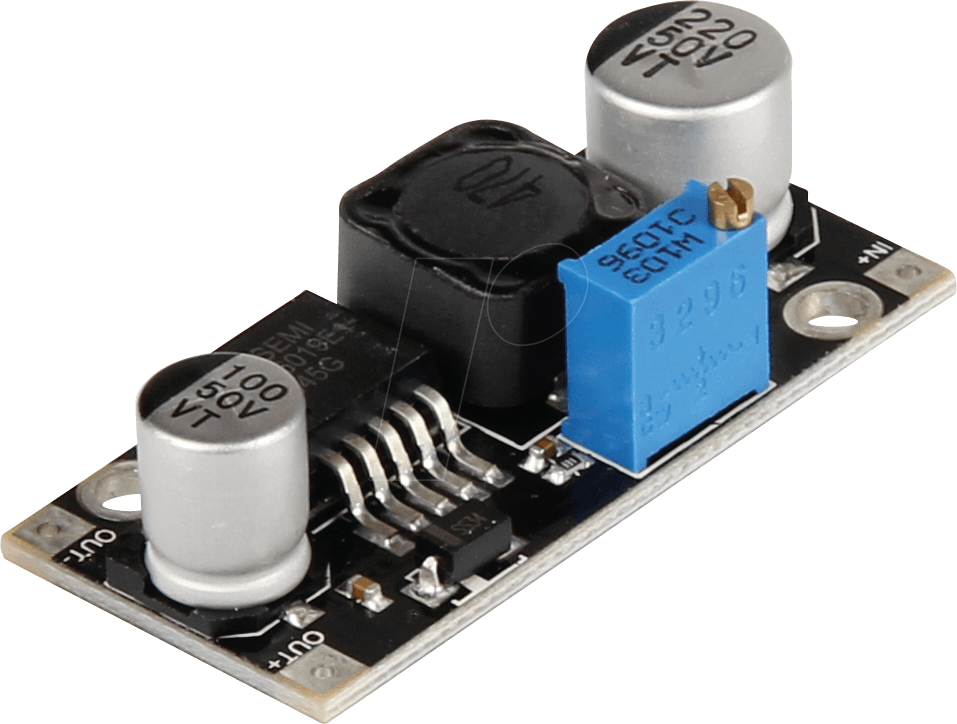The global DC-DC converter market is projected to expand from US$ 10,934.0 million in 2023 to US$ 22,395.4 million by 2033, registering a healthy CAGR of 7.4% over the forecast period. The demand for DC-DC converters is on the rise, driven by the growing adoption of energy-efficient technologies in sectors such as automotive, telecommunications, and industrial equipment.
With a previous growth rate of 5.3% CAGR between 2018 and 2022, the market is set to accelerate as industries across the globe prioritize efficient power management solutions.
Market Snapshot:
- 2023 Market Size: US$ 10,934.0 million
- 2033 Market Size: US$ 22,395.4 million
- CAGR (2023–2033): 7.4%
- Growth Rate (2018–2022): 5.3% CAGR
Key Takeaways from Market Study:
- The DC-DC converter market is expected to grow at a 7.4% CAGR from 2023 to 2033.
- Automotive and telecommunications sectors will be key contributors to the market expansion.
- The increasing demand for power-efficient devices will fuel innovation in DC-DC converters.
- Asia-Pacific will emerge as a dominant regional market, driven by high industrial activity and electronics production.
Drivers and Opportunities:
The rising demand for energy-efficient and reliable power conversion systems across industries is one of the key drivers of the DC-DC converter market. The automotive sector, especially the electric vehicle (EV) segment, is seeing significant growth due to the need for high-efficiency power management systems.
Opportunities exist in the integration of advanced materials and technologies, such as GaN (gallium nitride) and SiC (silicon carbide) in DC-DC converters, offering enhanced efficiency and compact design. The telecommunications sector’s rapid expansion, particularly with 5G infrastructure development, is also creating growth opportunities for DC-DC converter manufacturers.
Component Insights:
The DC-DC converter market is segmented by component into isolated and non-isolated converters. In 2023, isolated converters held a larger market share due to their ability to handle higher voltage and provide better isolation between input and output. Non-isolated converters are also expected to see growth, particularly in low-voltage applications, owing to their cost-effectiveness and compact size.
Application Insights:
Key applications of DC-DC converters include automotive, telecommunications, industrial equipment, and consumer electronics. The automotive sector, particularly electric vehicles, is a significant contributor to market growth as it requires advanced power management systems to optimize battery performance and improve energy efficiency. The telecommunications sector is also a key growth area, with the increasing deployment of 5G networks driving demand for efficient power solutions.
Deployment Insights:
DC-DC converters are deployed in both on-board and off-board applications. On-board converters, used in vehicles and consumer electronics, are expected to witness strong growth over the forecast period. Off-board applications, such as industrial power systems and telecommunications infrastructure, will also see significant demand due to the growing need for reliable and efficient power conversion systems in large-scale operations.
Key Companies & Market Share Insights:
Major players in the DC-DC converter market include Texas Instruments, Delta Electronics, Vicor Corporation, TDK-Lambda, and Infineon Technologies. These companies are focusing on developing innovative products with improved efficiency, compact designs, and high reliability to meet the evolving needs of industries.
Recent Developments:
- In 2023, Texas Instruments launched a new range of high-efficiency DC-DC converters designed for industrial and automotive applications, enhancing power management capabilities in harsh environments.
- Delta Electronics introduced its latest series of DC-DC converters optimized for use in 5G infrastructure, focusing on high efficiency and compact design.
- Vicor Corporation expanded its product portfolio with the release of GaN-based DC-DC converters, offering significant improvements in power density and efficiency, targeting high-performance computing and automotive sectors.
